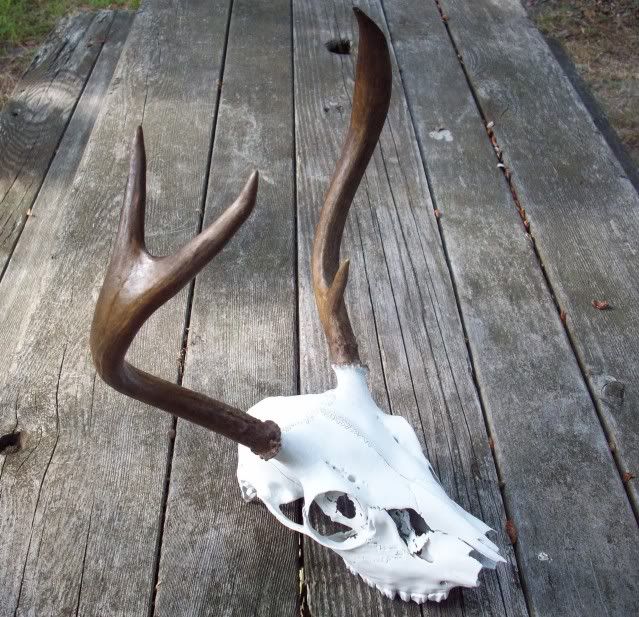Hinch, Gabe,
It’s refreshing to find interest with the subject. Much of the Pinelands scientific literature is hopelessly mired in obscure journals not readily available to the general public. Worse yet academics have not done a very good job of disseminating work outside their discipline. I, like botanist Jack McCormick nearly a half-century ago, suggest that the Pine Barrens is one of the truly great outdoor classrooms of North America, open to everyone. We have to clue folks in on that message! That is why it is so important to protect, preserve, and enhance this place for the future.
Ancient cold climate rivers would have had very wide but shallow braided channels. Most of streamflow occurred during brief snowmelt floods. Discharge would have occurred over frozen ground, either perennially frozen year round in permafrost, or early enough in the season that sediments were still frozen during deep seasonal frost. Also see Davis & Autin (1997), “Buried periglacial channels on the New Jersey continental shelf.” Good luck finding a copy of Glaciated Continental Margins: An Atlas of Acoustic Images, which includes the paper. You are welcome to use my library.
At many wetland parcels, the groundwater never quite reaches the surface, so in these cases there is little impediment to fire spread at any time. In other cases groundwater can pond, but only seasonally. When temperatures warm, sunlight is strong, and vegetation is growing the near-surface water table can drop by feet leaving wetlands high and dry, amenable to wildfires. And finally, Pinelands wetlands are often shallow features. A permanent water-table drop of only four to eight inches (Roman & Good, 1983) is sufficient loss to dry one up. During droughts, even the wettest of ground (short of larger waterways) has been known to dry up – I’m afraid a more and more frequent occurrence as regional water tables drop.
S-M





